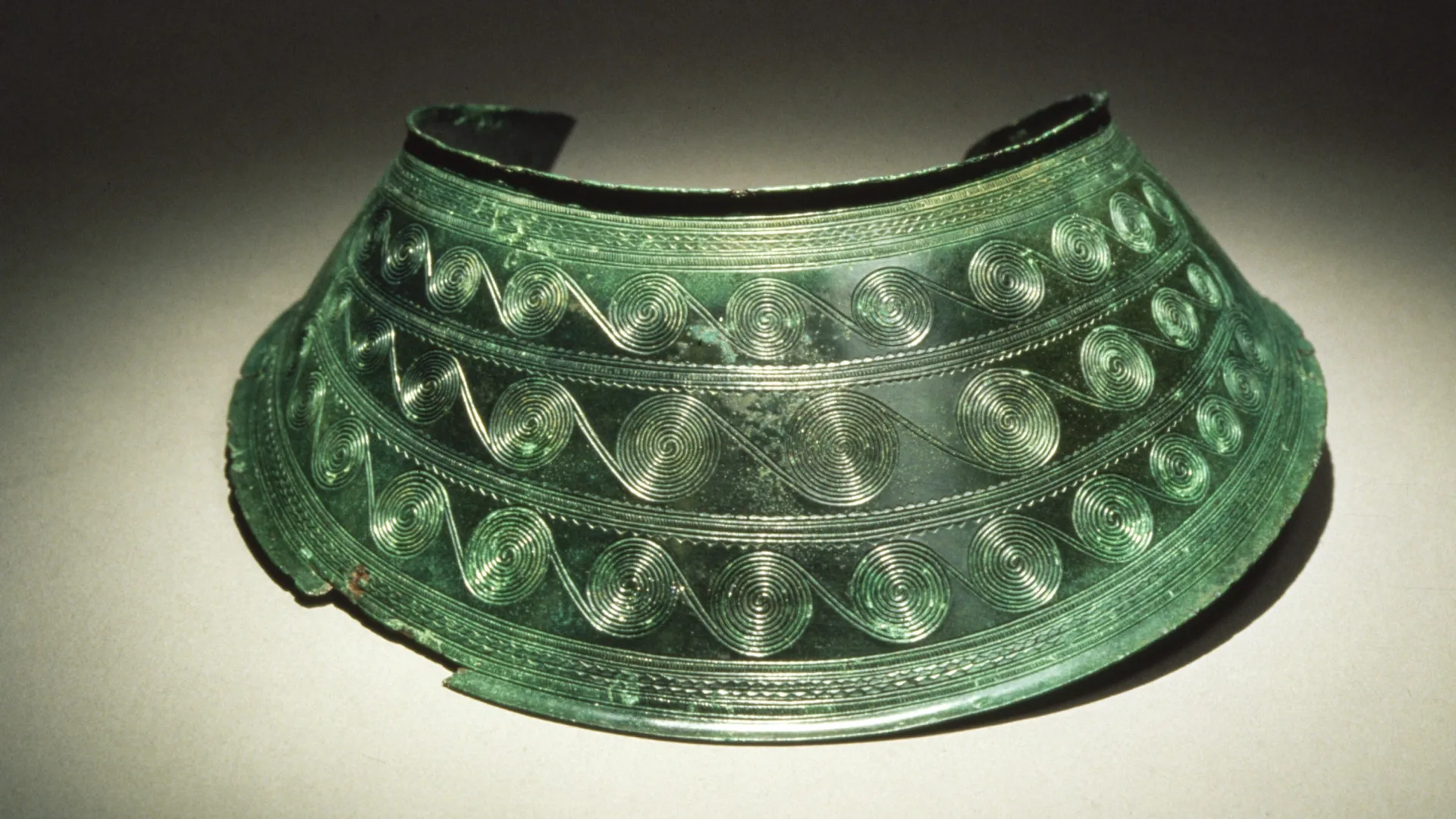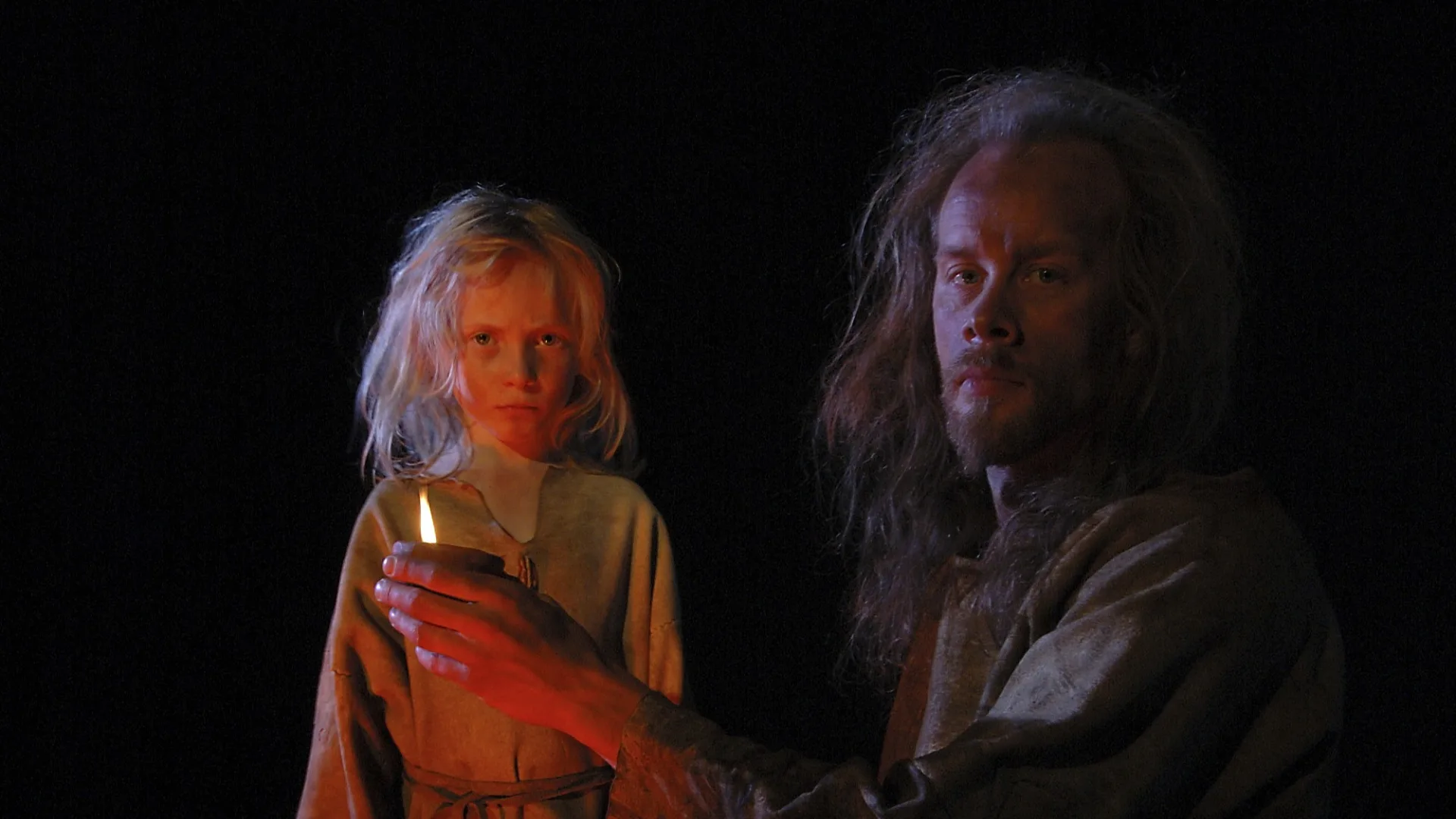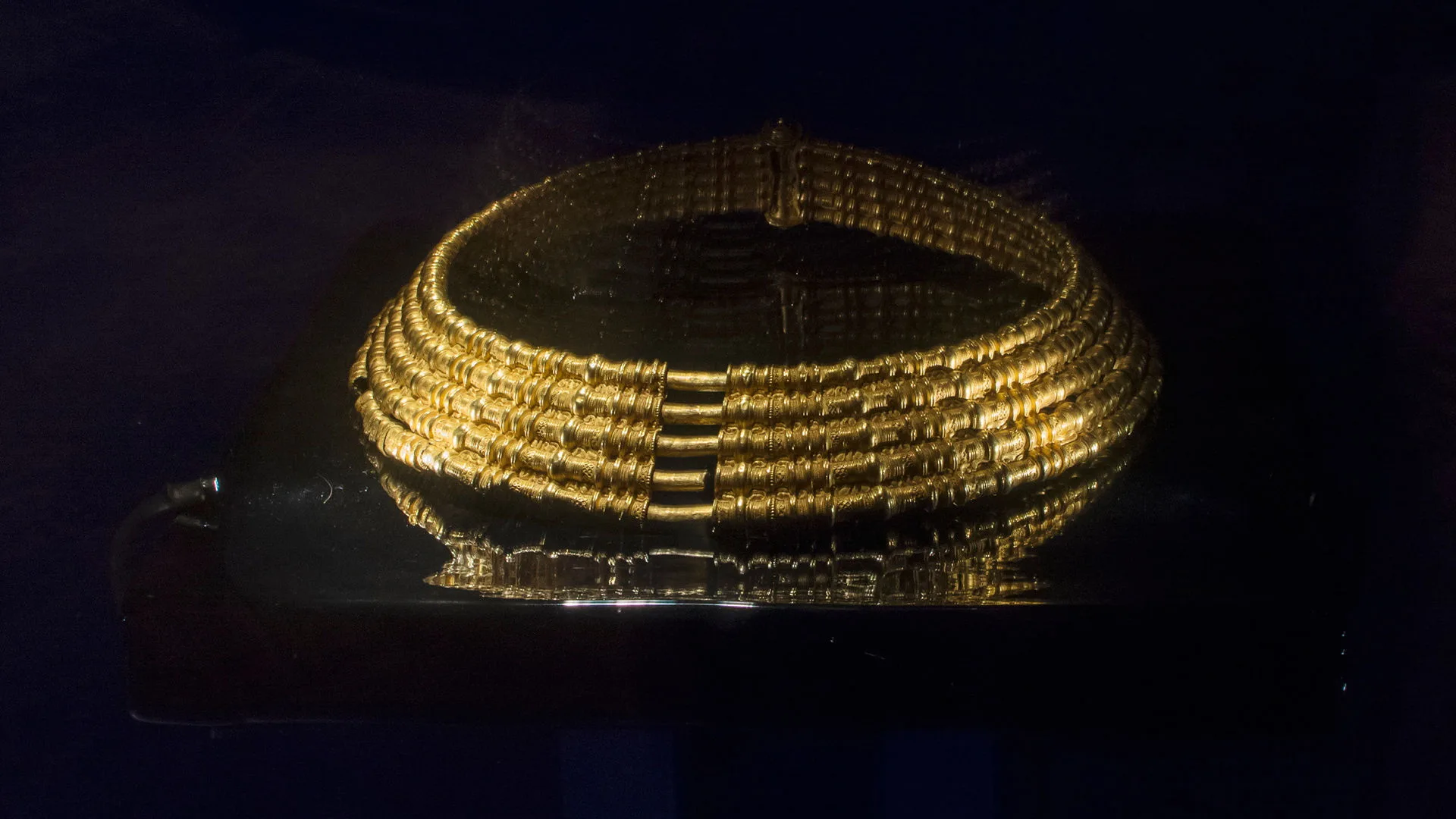Picture stones and rock carvings – Sweden’s earliest language
Stone Age
12,000 BC – 1700 BC
Bronze Age
1700 BC – 500 BC
Iron Age
500 BC – AD 1100
During prehistoric times, the Bronze Age, Iron Age, and Viking Age, picture stones existed that resemble runestones, but instead of runic inscriptions (the Viking Age alphabet), they feature carved images. These images are often arranged in panels, much like a modern comic strip. They depict a variety of scenes, and sometimes it is difficult to decipher exactly what is represented.
The Ardre stones are among the most well-known picture stones in the Swedish History Museum’s collections. The Ardre stone dates from the Late Iron Age/Viking Age and is a picture stone. One stone from Ardre tells the legend of Völund, a master smith capable of forging magical items. He was captured by a king and forced to work for him.
To prevent Völund from escaping, the king cut the tendons in his knees. Völund later took revenge by decapitating the king’s sons and crafting jewellery and drinking vessels from their skulls, teeth, and eyes. He then transformed himself into an eagle and flew away from his prison. To the right of the chest of tongs depicted on the stone, you can see the boys’ headless bodies.

The Ardre stone
On view at Historiska museet in the exhibition Guldrummet
The Klinta stone
One stone from Klinta, on the island of Öland, shows a carved image of a ship with a crew on board. The stone dates from the Early Bronze Age and is a rock carving. Beneath the ship are three animals, and above it, another creature. At the top of the stone, a circular figure may represent the sun, surrounded by small pecked depressions. Could these be intended as stars?
These small depressions also appear on the side of the stone and are known in folklore as cup marks or elf mills. Cup marks are the most common form of rock carving in Sweden. Other images include ships, humans, wild and domestic animals, weapons, and abstract symbols such as circles, wheels, and hand or footprint motifs.

The Klinta stone
What these images actually mean remains unknown. One might guess that a person carving an elk was hoping for hunting success, or that depictions of people and herds illustrated creation myths, perhaps stories of how the first humans came to the land. The many ships could express beliefs about the soul’s journey after death, travelling towards the sun. The same symbols may also have told different stories depending on the other signs they appeared alongside, or depending on the time and place they were carved.
Rock carvings span the entire Bronze Age and even the earliest part of the Iron Age, altogether a period of roughly a thousand years. This can be determined from the types of weapons and jewellery depicted on the rocks.
Carving sites are often located near bodies of water or wetlands. Further north in Sweden, they are found by river rapids. Picture stones are most common on Gotland, but have also been found in a few places on the mainland.





